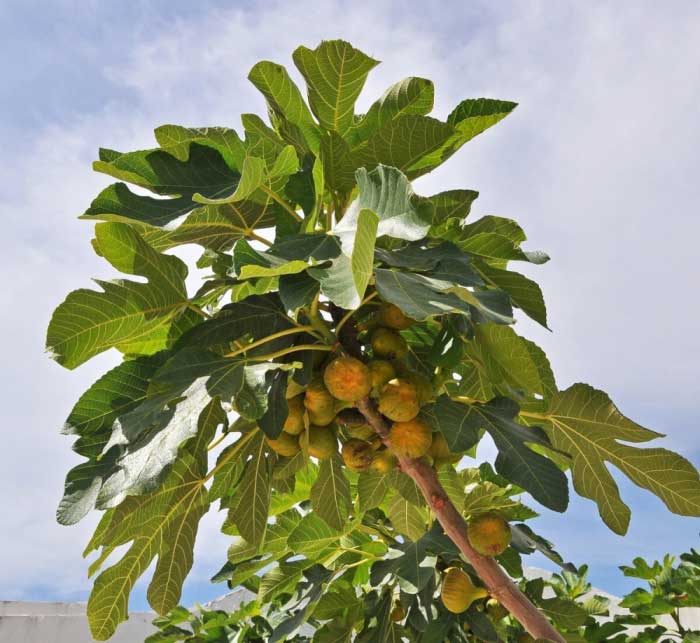An analysis of samples collected during an expedition to the Arctic Ocean suggests that marine microbes could be a promising new source of antibiotics. Scientists have found that substances produced by Arctic Ocean microbes called actinobacteria can stop harmful bacteria from growing and causing disease.
Around 70% of existing antibiotics were found in actinobacteria, most of which live in soil on land. However, bacteria are becoming increasingly resistant to existing antibiotics, meaning new drugs are urgently needed.
So, researchers turned to marine actinobacteria in search of new antibiotics. Marine microbes are thought to produce a more chemically diverse set of compounds than their terrestrial counterparts. This is due to selective pressures created by the extreme variations in pressure, temperature, salt concentration, and light levels that occur in the marine environment.

In the new study, the scientists analyzed hundreds of unknown compounds that were extracted from actinobacteria, which live inside invertebrates. The samples were collected during an expedition to the Arctic Ocean in 2020. Specifically, they tested how the compounds affected a pathogenic type of E. coli called enteropathogenic E. coli (EPEC). These bacteria infect intestinal cells and cause severe diarrhea, especially in children.
The scientists then looked at whether compounds produced by four species of actinobacteria could stop EPEC bacteria from infecting lab-grown cells. They found that two compounds had particularly strong antibacterial properties: one from a strain of actinobacteria in the genus Rhodococcus and one from a strain belonging to the genus Kocuria. They described their findings in a paper published Aug. 30 in the journal Frontiers in Microbiology.
The scientists found that these compounds prevent EPEC bacteria from attaching to the cell’s surface and injecting substances that allow the microbes to hijack its molecular machinery and cause disease.
However, while the Kocuria bacteria produced compounds that slowed the growth of the EPEC bacteria, the compound from the Rhodococcus bacteria did not. If the bacteria are alive but harmless to the host, they have less selection pressure to develop resistance to the compound. Thus, the Rhodococcus compound may be a more promising candidate for a new antibiotic, the team said in a statement.
There is still a lot of work to be done before any of these compounds are brought to market.
“So far, we’ve only done in vitro studies, so we’re still very far from knowing whether these compounds have any actual significance in terms of clinical use,” Päivi Tammela, a co-author of the study and a professor of pharmaceutical biology at the University of Helsinki in Finland, told Live Science.
For example, Tammela says, a big challenge is figuring out how to produce large quantities of these compounds, which would allow scientists to study their structure and biological activity in greater detail. Still, the team is excited about the future of this research, with Tammela saying it’s “absolutely” possible that there are many more compounds like this deep in the Earth waiting to be discovered.






